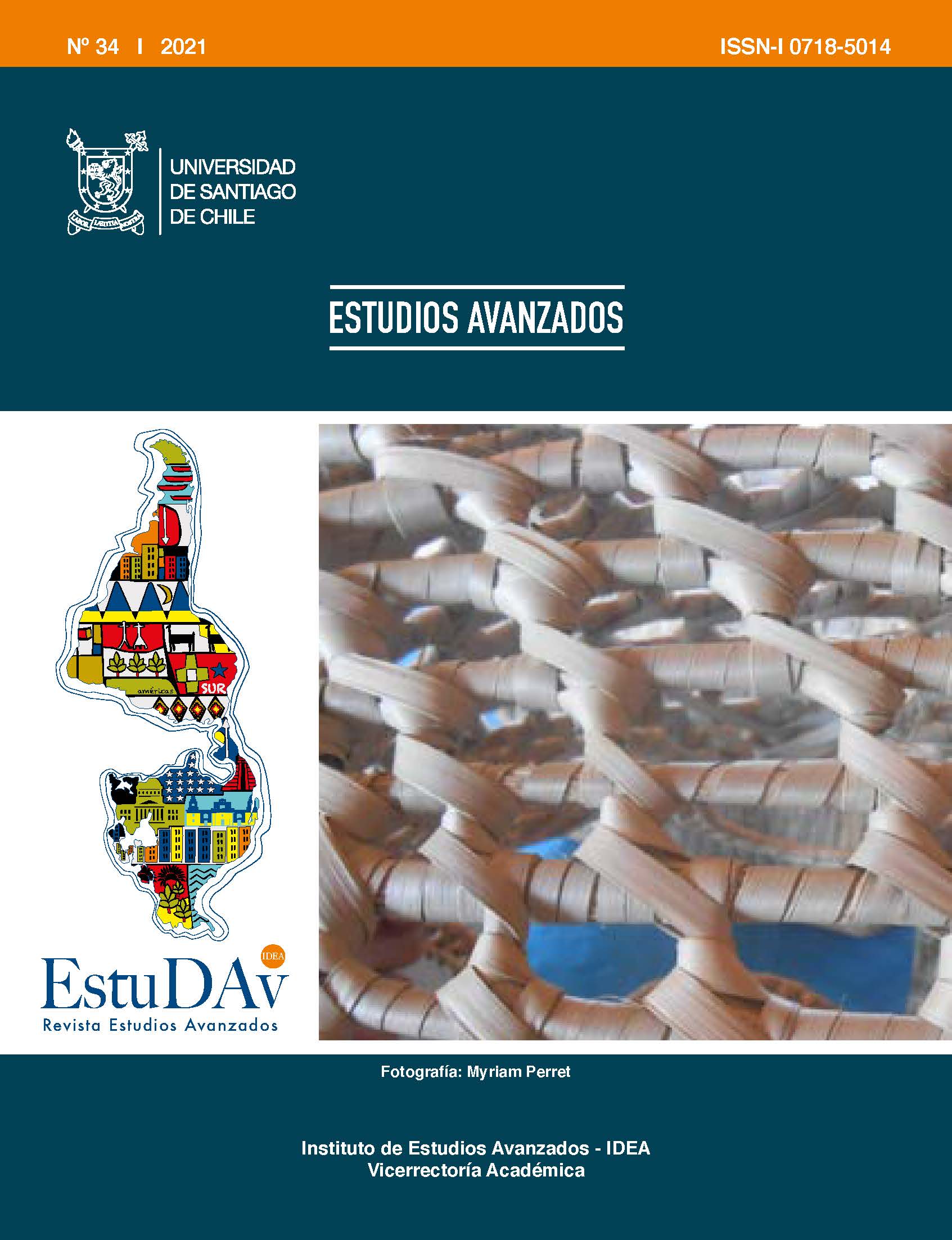Weaved Learning in Chaco, Argentina
DOI:
https://doi.org/10.35588/estudav.v0i34.4828Keywords:
learning, fabric, Chaco, framework, commodificationAbstract
The learning process to be analyzed here involves weavers from three groups from Wichi and Qom peoples of El Sauzalito, Misión Nueva Pompeya and Fortín Lavalle in relation to artisanal development agents and weavers from the cities of Resistencia and Corrientes, Argentina, with ethnographic method. The collection of information, in alternation with periods of systematization and reflection on the material collected, took place between August 2012 and August 2018. There are several elements that participate in the manufacture of a fabric to sell. In the mixture, the weaver is involved to the point of finding herself partly in the fabric she made. Gaze, thought, movement and feeling stand out in this doing that at the same time that makes weaving makes weavers. And the same step by step of
weaving has a normative quality that anticipates the type of form that will develop, although not without combining it with a search, a desire for form.
Downloads
References
Benedetti, C. (2014). La diversidad como recurso. Producción artesanal chané destinada a la comercialización e identidad. Buenos Aires, Antropofagia.
Buckwalter, AS. y Litwiller de Buckwalter L. (2013). Vocabulario toba. 2da. edición. En http://www.chacoindigena.net/Materiales_files/Vocabulario%20Toba.pdf (consultado el 20/03/2020).
Ingold, T. (2013). Making. Anthropology, Archaeology, Art and Architecture. Londres y Nueva York, Routledge.
______. (2002). The Perception of the Environment. Essays on Livelihood, Dwelling and Skill. Londres, Routledge.
Koschitzky von, M. (1992). Las telas de malla de los wichí/mataco: su elaboración, su función y una posible interpretación de los motivos. Buenos Aires, CAEA.
Messineo, C. (2014). Arte verbal qom. Consejos, rogativas y relatos de El espinillo (Chaco). Buenos Aires: Asociación Civil Rumbo Sur.
Montani, R. (2008a). “Metáforas sólidas de género: mujeres y tejido entre los wichí”. En Hirsch, S. (coord.). Mujeres indígenas en la argentina. Cuerpo, trabajo y poder. Buenos Aires, Biblos: 153-178.
______. (2008b). “La etnicidad de las cosas entre los wichis del Gran Chaco (Salta, Argentina)”. Indiana 25: 117-143.
______. (2007). “Vocabulario wichí del arte textil: entre la lexicografía y la etnografía”. Mundo de antes 5: 41-72.
Perret, MF. (2018). “Mujer y trabajo en la cestería qom en Fortín Lavalle-Chaco-Argentina”. Folia Histórica del Nordeste 32: 57-76.
DOI https://doi.org/10.30972/fhn.0323496
Santos Granero, F. (2013). “Introduction: Amerindian Constructional Views of the World”. En The Occult Life of Things. Native Amazonian Theories of Materiality and Personhood. Tucson, University of Arizona Press: 1-32.
Weil, S. (1951). Ensayos sobre la condición obrera. Barcelona, Nova Terra.











